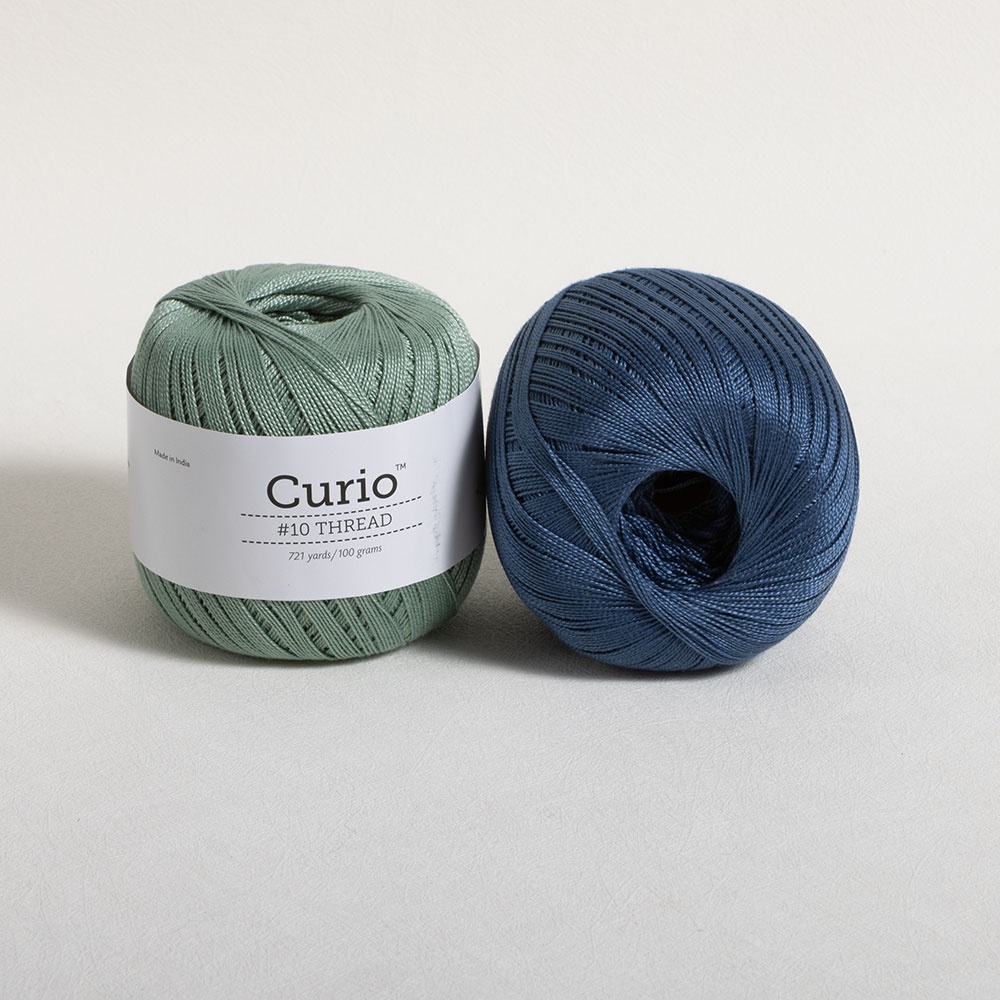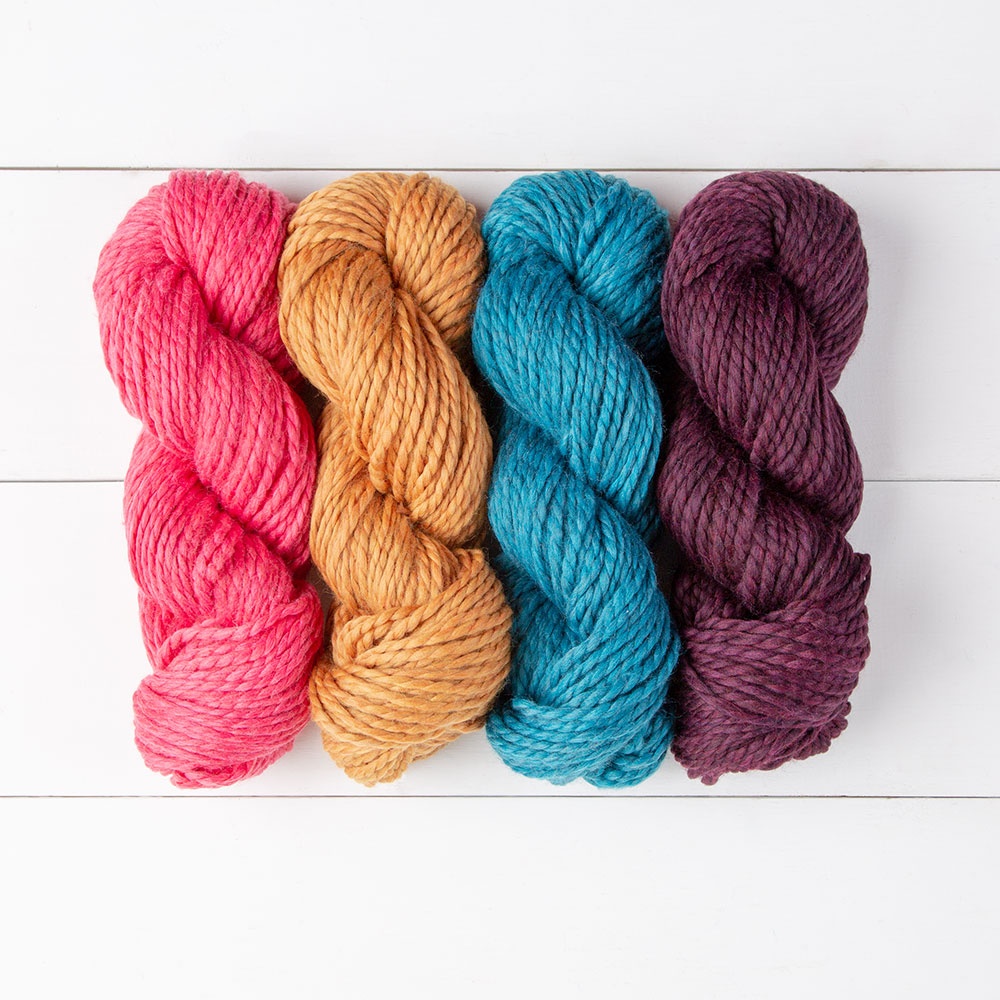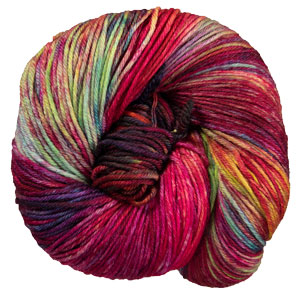Ready to learn the difference between yarn vs thread? Read on!

With so many types of thread and yarn available, it’s hard to know which one you should use for a specific project.
Threads are used in sewing and embroidery while the yarn is used for knitting, weaving and sewing. The threads are usually lighter than the yarns.
But which one should I choose? What’s the main difference between them? This article will answer these questions by comparing thread Vs yarn-the key differences that set them apart from each other.
What is Thread?
A thread is a long, thin strand of cotton, nylon, or other fibres we use for sewing. Threads are usually lighter and thinner than yarn. We can use threads for sewing; for example, making a pattern such as a dress, shirt, etc. or darning, which refers to repairing rips and holes in clothing and other fabrics.
You usually buy threads on spools or cones. Depending on the size of your project, you may need multiple spools or cones.
Types of Threads
There are three main thread types: sewing thread, crochet thread and embroidery thread.
Sewing Thread
Sewing thread is a type of thread used for sewing. It is usually lighter and thinner than yarn, making it the perfect choice for delicate fabrics. Sewing thread is available in a variety of colors and sizes (you can even find metallic thread), so you can find the perfect thread for your project.
You can find sewing thread on small spools made to fit a sewing machine and you can also find it in larger cones for sergers. It is usually made from cotton, polyester or nylon. You can even find silk thread.
This is the perfect choice for sewing on buttons, stitching a seam or basting. You can use a single thread or double up.
Crochet Thread
Crochet thread is a type of yarn commonly used for making doilies, tablecloths and other household items. It can stand up to daily wear without losing its shape. Crochet thread is available in multiple colors, but it comes in limited sizes.
Crochet thread is a slightly thicker version of thread used for sewing. Crochet thread is stiffer than yarn and can be used for crochet or knitting projects. This is usually a 100% cotton thread that is very lightweight and used with small hooks or needles. (Yes, you can also knit with crochet thread, although it isn’t done very often!)
Embroidery Thread
Embroidery thread is similar to crochet thread but usually thinner and used for such things as embroidery designs and cross stitch.
Embroidery thread is a type of yarn that is used for embroidery. It is similar to yarn in that it can be used for knitting, weaving and sewing. However, yarn is thicker than embroidery thread (sometimes much thicker), so keep this in mind when choosing your yarn for a project.
These types of threads are also called embroidery floss and you can find them in the craft section of your store where the cross stitch and hand embroidery projects are.
My Favorite Threads
What is Yarn?
A yarn is a continuous strand of twisted natural or synthetic fibres that we use for knitting, weaving and sewing. They are usually thicker than the threads that can be used to sew and mend clothes and other fabrics . We can also use yarns in crochet work and other yarn crafts.
Yarns are usually sold in balls, skeins or hanks. Depending on the yarn you buy, you might need to wind it yourself before using it.
Types of Yarn
You can find yarn in many different fibers, colors and thicknesses. That means yarn can be suitable for a variety of different projects.
First, let’s take a look at the most popular fibers.
Wool
Wool yarn is yarn made from wool, a natural fiber taken from the fleece of sheep, goats, or other animals. Wool yarn is soft, durable, and has a unique texture that makes it a favorite for knitting and crocheting projects. Wool yarn is available in many different colors and thicknesses, so you can find the perfect yarn for your project.
Cotton
Cotton yarn is yarn made from cotton, a natural fiber that comes from the seed pod of cotton plants. Cotton yarn is soft and comfortable to wear for a variety of clothing and accessory projects. Cotton yarn is available in many different colors and thicknesses, so you can find the perfect yarn for your project.
Acrylic
Acrylic yarn is yarn made from petroleum-based yarn. Acrylic yarn is soft and comfortable to wear for a variety of clothing and accessory projects. This yarn is available in many different colors and thicknesses, so you can find the perfect yarn for your project.
_________________
These are the main three fibers, but of course there are many more out there including bamboo, alpaca, mohair, polyester, silk, cashmere and also blends of these amazing fibers.
Yarn Weights
Yarn in America is given a numerical value of 0 to 7 based on the Craft Yarn Council’s Standard Yarn Weight System. Keep in mind yarn weight refers to the thickness of yarn and has nothing to do with fiber type.
The lower the number, the thinnger the yarn. Size 0 is lace weight yarn and crochet thread falls into this category. A medium, worsted weight yarn is a size 4 and the largest category, a jump size 7 is used for arm knitting and with oversized hooks and needles.
0 – Lace
1 – Fingering
2 – Sport
3 – DK
4 – Worsted
5 – Bulky
6 – Super Bulky
7 – Jumbo
_________________
My Favorite Yarns
Differences Between Yarn Vs Thread
Thread is a thin yarn used for sewing and embroidery, while yarn is a thicker, continuous strand of twisted natural or synthetic fibers used for knitting, weaving, and sewing.
Thread is usually lighter and thinner than yarn, making it the perfect choice for delicate fabrics.
Sewing thread is available in a variety of colors and sizes, while embroidery thread is thicker and available in a variety of colors.
Yarn can be found in many different fibers, colors and thicknesses, while thread only comes in the thinner weights.
_________________
Conclusion
So, what’s the difference between thread and yarn?
Thread is a long, thin strand of cotton, nylon or other fibres used for sewing. Yarn is a continuous strand of twisted natural or synthetic fibres which can be used for knitting, weaving and sewing.
Although both threads and yarn are made from twisted fibres, they have different purposes – threads are generally lighter and thinner than yarn.
We hope you enjoyed reading this post and that you learned something new!






